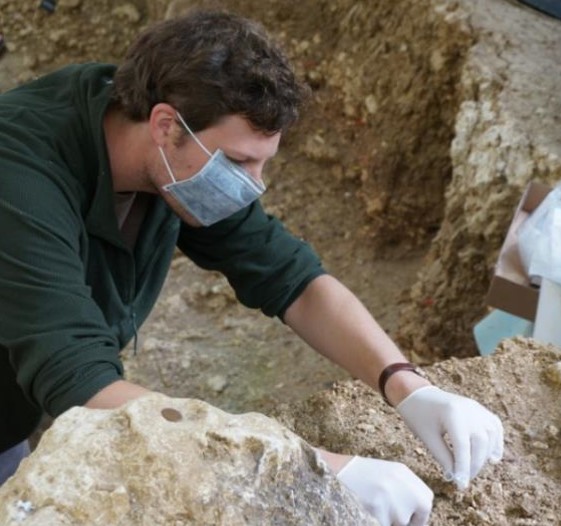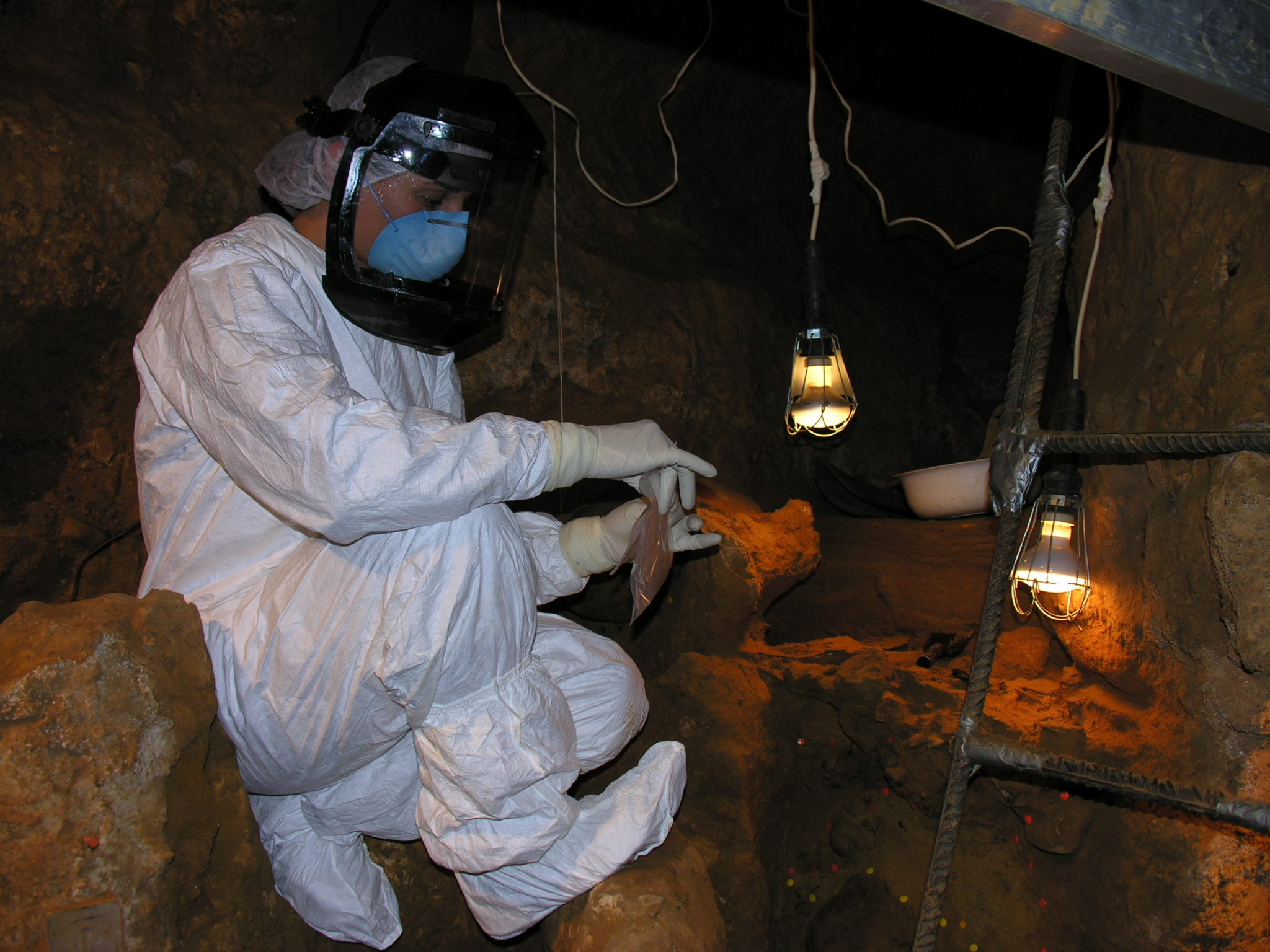Researchers at the Max Planck Institute in Leipzig, Germany have developed a new method of retrieving hominin DNA from sediments, even in the absence of skeletal remains.

In comparison with the amount of human-made tools and other artefacts available, skeletal remains of ancient humans and their ancestors are comparatively scarce and where such remains do exist, the recovery of viable DNA has long been the Holy Grail of many researchers.
Researchers at the Max Planck Institute have been looking into new ways of obtaining ancient human DNA and have turned their attention to sediment samples collected at seven archaeological sites.
From these samples, they have obtained tiny DNA fragments that once belonged to a variety of mammals, including extinct hominins. They retrieved DNA from Neandertals in cave sediments from four archaeological sites, some from layers where no hominin skeletal remains have been found. In addition, they found Denisovan DNA in sediments from Denisova Cave in Russia. The Denisovans are an extinct species of hominin known only from a fragment of fingerbone from a juvenile female who lived about 21,000 years ago. Analysis of the mitochrondial DNA showed her to have been quite genetically distinct from both Neanderthals and modern humans.

These new developments in obtaining DNA from sediment samples might now enable researchers to uncover the genetic affiliations of the former inhabitants of many archaeological sites which have not yielded human remains and so shed new light on our own evolutionary history.
“We know that several components of sediments can bind DNA”, says Matthias Meyer of the Max Planck Institute for Evolutionary Anthropology. “We therefore decided to investigate whether hominin DNA may survive in sediments at archaeological sites known to have been occupied by ancient hominins.”
Meyer and his team collaborated with a large network of researchers excavating at seven archaeological sites in Belgium, Croatia, France, Russia and Spain. Overall, they collected sediment samples covering a time span from 14,000 to over 550,000 years ago. Using tiny amounts of material, the researchers recovered and analysed fragments of mitochondrial DNA – genetic material from the mitochondria, the “energy factories” of the cell – and identified them as belonging to twelve different mammalian families that include extinct species such as the woolly mammoth, the woolly rhinoceros, the cave bear and the cave hyena.
The researchers then looked specifically for ancient hominin DNA in the samples. “From the preliminary results, we suspected that in most of our samples, DNA from other mammals was too abundant to detect small traces of human DNA”, says Viviane Slon, Ph.D. student at the Max Planck Institute and first author of the study. She goes on to say, “We then switched strategies and started targeting specifically DNA fragments of human origin.”
Nine samples from four archaeological sites contained enough ancient hominin DNA for further analyses: Eight sediment sample contained Neandertal mitochondrial DNA from either one or multiple individuals, while one sample contained Denisovan DNA. Most of these samples originated from archaeological layers or sites where no Neandertal bones or teeth were previously found.

“By retrieving hominin DNA from sediments, we can detect the presence of hominin groups at sites and in areas where this cannot be achieved with other methods,” says Svante Pääbo, director of the Evolutionary Genetics department at the Max Planck Institute and co-author of the study. “This shows that DNA analyses of sediments are a very useful archaeological procedure, which may become routine in the future.”
Even sediment samples that were stored at room temperature for years still yielded DNA. It is hoped that analysis of these and of freshly-excavated sediment samples recovered from archaeological sites where no human remains have been found will shed light on these sites’ former occupants and our joint genetic history.
Darkness Below approached Professor Ian Barnes of the Natural History Museum in London for his views on these new developments. He told us: “We have been using sediment as a source of ancient DNA for over a decade, but what’s interesting about this paper is the way that the Leipzig group have been able to focus on the recovery of human DNA from different sites. Importantly, they are able to make a strong case that the sequences are actually ancient – and not a modern contaminant – by examining the characteristic damage to the DNA which has occurred over time.” Professor Barnes, who was recently interviewed on this subject on BBC Radio Four, adds, “Going forward, the recovery of DNA from cave sediments will be particularly important in the reconstruction of past distributions of ancient hominids in regions where there is an absence of human remains.” He does sound one note of caution, though, saying, “However, we do need to be careful about the dating of these DNA sequences, as obviously DNA has potential to move both up and down within the cave stratigraphy.”
Anyone who has ever been involved in cave archaeology will be aware how difficult it can be to interpret stratigraphic sequences, but even with that caveat, the latest work represents an exciting development in both cave archaeology and the study of human origins.

With thanks to the Max Planck Institute for permission to quote from their press release and to make use of their photographs and to Professor Barnes for responding to our enquiry.
Correspondent: Linda Wilson
